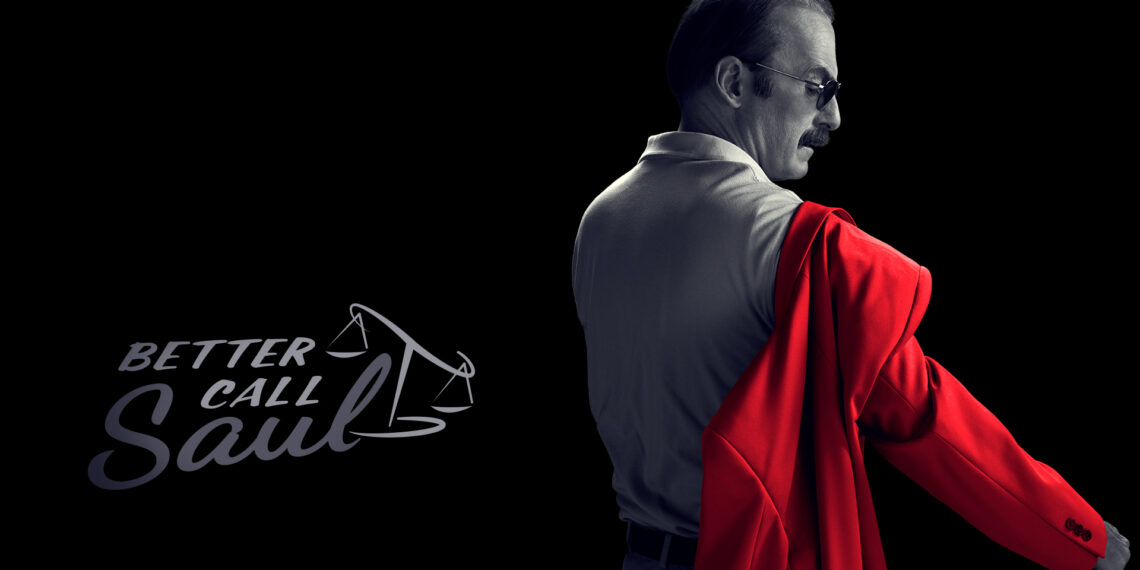Ten years ago, television witnessed the birth of a masterpiece that would eventually eclipse one of the greatest shows ever made. While Breaking Bad dominated popular culture and earned widespread acclaim, its prequel Better Call Saul quietly crafted a more refined, emotionally complex narrative that has earned critical recognition as the superior series. With an unprecedented 98% Rotten Tomatoes score, this slow-burn legal drama proved that sometimes the sequel surpasses the original.
Table of Contents
The Risky Genesis of Better Call Saul
When Better Call Saul premiered in February 2015, it carried the enormous weight of following Breaking Bad, a show that had redefined television drama. The decision to center an entire series around Saul Goodman—previously known as comic relief character Jimmy McGill—was audacious, even risky.
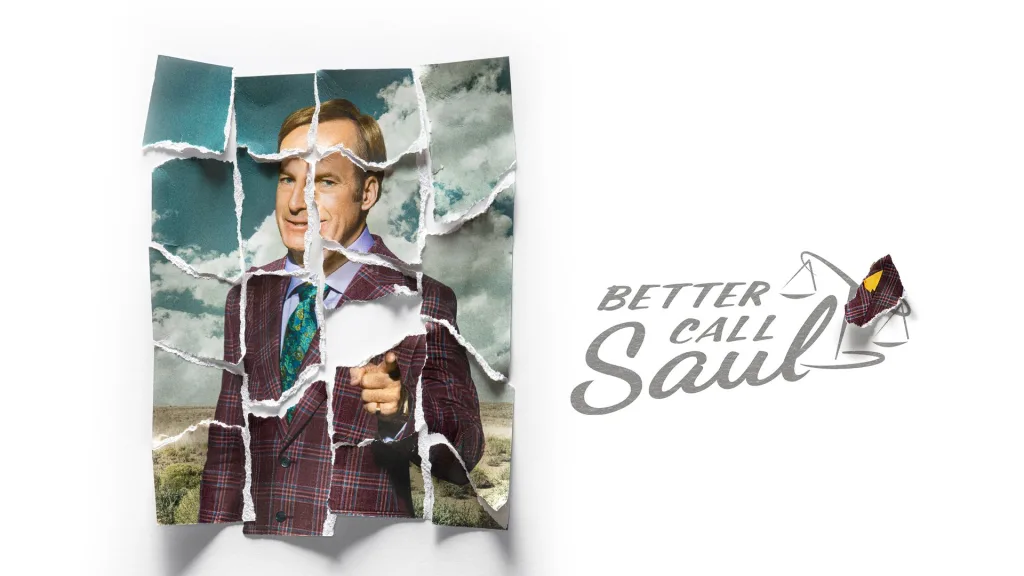
Creator Vince Gilligan and Peter Gould faced the challenging task of transforming a supporting character into a compelling protagonist. Unlike Breaking Bad’s immediate hook of a chemistry teacher turned methamphetamine manufacturer, Better Call Saul required audiences to invest in the slower transformation of a small-time lawyer navigating ethical boundaries.
The show’s initial episodes deliberately avoided relying on Breaking Bad nostalgia, instead focusing on establishing Jimmy McGill’s world in Albuquerque’s legal landscape. This approach, while initially challenging for some viewers expecting immediate thrills, ultimately proved to be the series’ greatest strength.
Critical Reception: The Numbers Tell the Story
The critical acclaim for Better Call Saul has been nothing short of extraordinary. The series maintains a 98% Tomatometer score on Rotten Tomatoes, surpassing Breaking Bad’s impressive 96% rating. This achievement becomes even more remarkable when considering that Better Call Saul sustained this level of quality across six seasons.
| Series | Tomatometer Score | Popcornmeter Score | Emmy Wins | Years Aired |
|---|---|---|---|---|
| Breaking Bad | 96% | 97% | 16 | 2008-2013 |
| Better Call Saul | 98% | 96% | 0 | 2015-2022 |
The disparity between critical acclaim and awards recognition remains one of television’s most puzzling oversights. Despite its superior ratings, Better Call Saul was infamously shut out at the Emmy Awards, never winning a single trophy despite multiple nominations.
Superior Storytelling Through Slower Pacing
Where Breaking Bad excelled through intense, fast-paced storytelling, Better Call Saul mastered the art of deliberate pacing. This slower approach allowed for deeper character exploration and more nuanced narrative development. The series understood that not every moment needed explosive action to create compelling television.
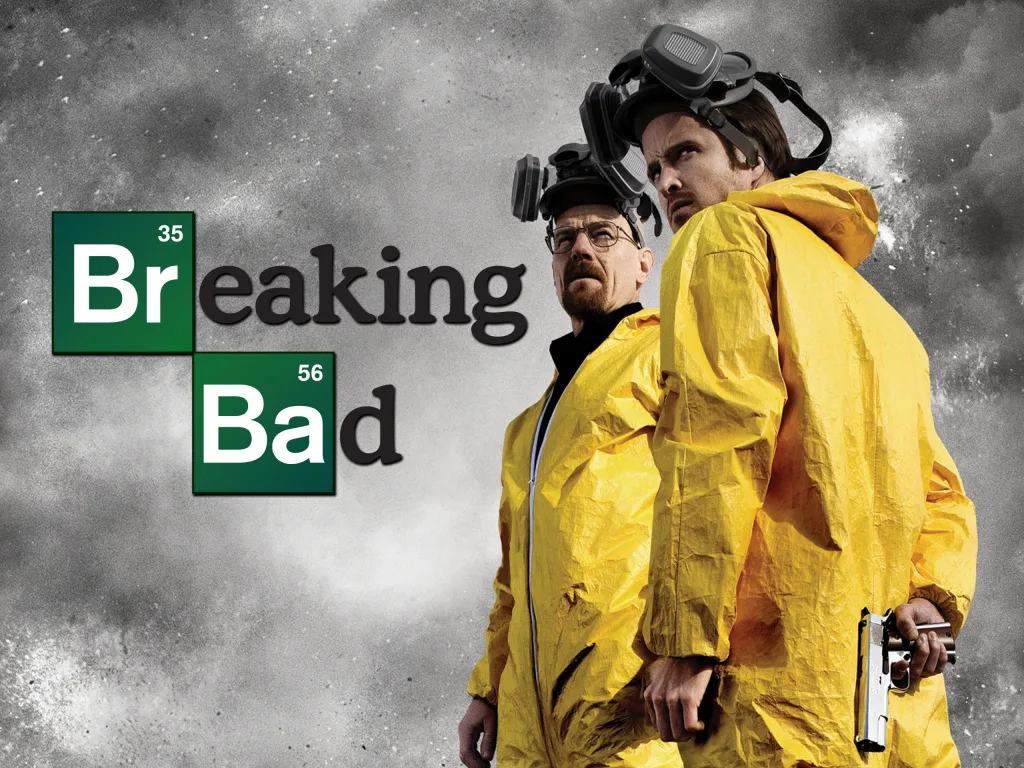
The show’s patience paid dividends in character development. While Breaking Bad focused primarily on Walter White and Jesse Pinkman’s evolution, Better Call Saul provided rich, complex arcs for nearly every character. Kim Wexler emerged as one of television’s most compelling female characters, while Howard Hamlin’s trajectory from apparent antagonist to tragic figure demonstrated the series’ sophisticated character work.
Enhanced Character Development and Performances
Better Call Saul’s character development surpasses its predecessor in scope and depth. Bob Odenkirk’s transformation of Jimmy McGill into Saul Goodman rivals Bryan Cranston’s Walter White in terms of gradual character evolution. The series provided equal attention to supporting characters, creating a rich ensemble that felt lived-in and authentic.
Kim Wexler, portrayed brilliantly by Rhea Seehorn, became the emotional heart of the series. Her complex relationship with Jimmy and her own moral struggles added layers of depth that Breaking Bad rarely achieved with its female characters. Meanwhile, characters like Chuck McGill, Nacho Varga, and Lalo Salamanca received full character arcs that rivaled the attention given to Breaking Bad’s protagonists.
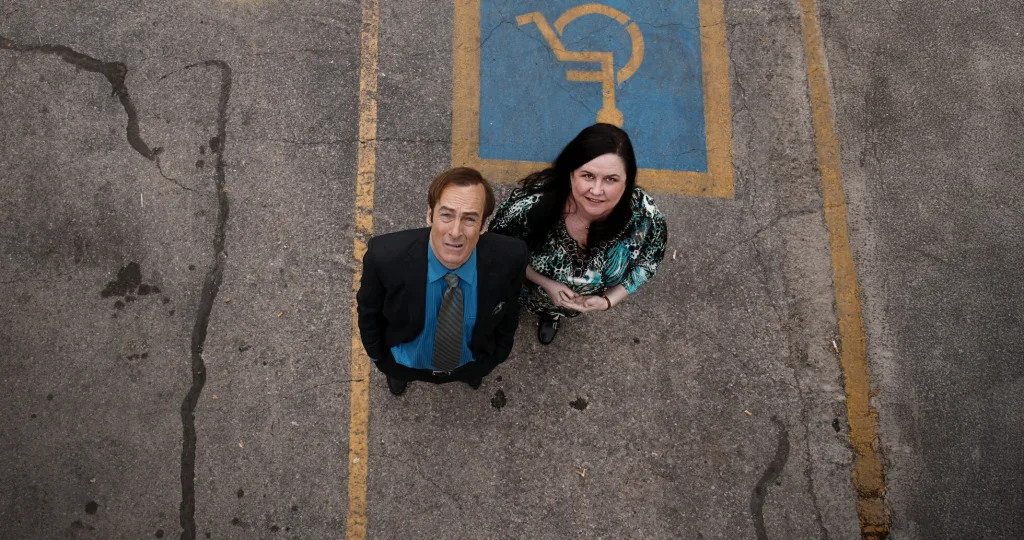
The prequel also enhanced existing Breaking Bad characters. Mike Ehrmantraut’s backstory provided emotional weight to his criminal activities, while Gus Fring became even more menacing and complex through additional screen time and character exploration.
Technical Excellence and Visual Storytelling
From a technical standpoint, Better Call Saul represents the evolution of the Breaking Bad visual language. The series employed more sophisticated cinematography, utilizing creative camera work and visual symbolism that elevated the storytelling beyond dialogue and plot.
The show’s use of color symbolism, particularly in costume design and set decoration, created visual narratives that supported character development. The gradual transformation of Jimmy’s wardrobe from earth tones to increasingly colorful suits mirrored his moral decline, while the black-and-white sequences depicting Gene Takavic’s post-Breaking Bad life provided stark contrast to the vibrant Albuquerque scenes.
Superior Villains and Antagonists
While Breaking Bad featured memorable antagonists, Better Call Saul elevated villain characterization to new heights. Lalo Salamanca, despite appearing relatively late in the series, became arguably the most compelling villain in the Breaking Bad universe. Tony Dalton’s charismatic yet terrifying portrayal created a character who was simultaneously likeable and genuinely frightening.
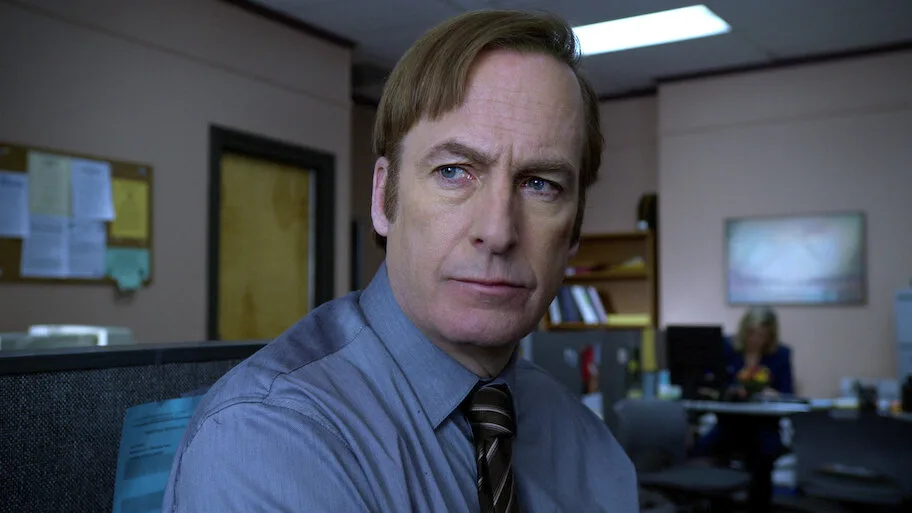
The series also transformed perceived villains into complex characters. Chuck McGill’s antagonistic relationship with Jimmy revealed layers of jealousy, love, and mental illness that created one of television’s most nuanced sibling rivalries. Howard Hamlin’s arc from apparent corporate villain to tragic victim demonstrated the series’ sophisticated approach to character motivation.
Why Better Call Saul Remains Underappreciated
Despite its superior critical reception, Better Call Saul never achieved Breaking Bad’s cultural penetration. Several factors contribute to this phenomenon:
Pacing Preferences: Modern audiences often prefer immediate gratification, and Better Call Saul’s deliberate pacing requires patience that not all viewers possess. The series rewards long-term investment rather than providing instant thrills.
Cultural Timing: Breaking Bad aired during the peak of the antihero television era, capturing zeitgeist attention that Better Call Saul, arriving later, couldn’t replicate. The original series benefited from novelty and timing that its prequel couldn’t match.
Meme Culture: Breaking Bad’s more explosive moments translated better into internet memes and viral content. Better Call Saul’s subtle character moments, while critically superior, don’t lend themselves as easily to social media sharing.
Award Recognition: The Emmy shutout significantly impacted public perception. Awards often drive cultural conversation, and Better Call Saul’s lack of recognition despite critical acclaim created a disconnect between critical and popular perception.
The Legacy of Better Call Saul
Better Call Saul’s legacy extends beyond its individual achievements. The series proved that prequels could surpass their source material through superior craftsmanship and storytelling innovation. It demonstrated that television audiences, when properly cultivated, would embrace slower, more character-driven narratives.
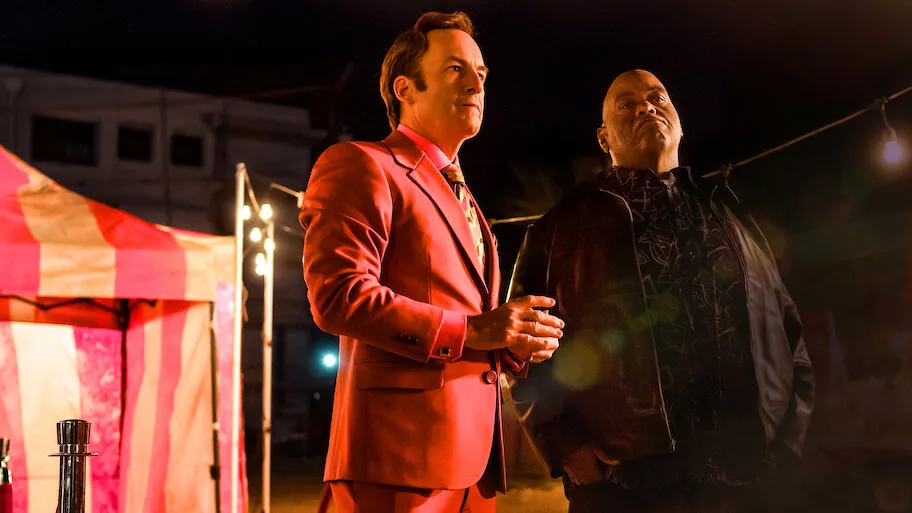
The show’s influence on television writing and production continues to resonate. Its approach to character development, visual storytelling, and narrative patience has inspired subsequent series to prioritize depth over immediate gratification.
Ten years after its premiere, Better Call Saul stands as a testament to what television can achieve when creators prioritize artistic vision over commercial demands. While Breaking Bad will always hold its place in popular culture history, Better Call Saul represents the medium’s evolution toward more sophisticated storytelling.
The series’ 98% Rotten Tomatoes score isn’t just a number—it’s recognition of a show that quietly revolutionized television drama. Better Call Saul didn’t just surpass Breaking Bad; it redefined what audiences should expect from prestige television. In an era of increasingly fast-paced entertainment, Better Call Saul proved that sometimes the greatest stories are told through patience, precision, and unwavering commitment to character truth.
For television enthusiasts seeking the pinnacle of the medium’s artistic achievement, Better Call Saul remains the gold standard—a masterpiece that surpassed its legendary predecessor through superior storytelling, character development, and technical excellence.
Read More: Kajol and Twinkle Khanna Unite for Prime Video’s Revolutionary Talk Show “Two Much”
FAQs
Is Better Call Saul really better than Breaking Bad?
Critically, yes. Better Call Saul holds a 98% Rotten Tomatoes score compared to Breaking Bad’s 96%, with superior character development and pacing throughout its six-season run.
Do I need to watch Breaking Bad before Better Call Saul?
While not strictly necessary, watching Breaking Bad first enhances the viewing experience. Better Call Saul serves as both prequel and sequel, with some storylines occurring after Breaking Bad’s events.
Why didn’t Better Call Saul win any Emmy Awards?
Despite critical acclaim and multiple nominations, Better Call Saul was consistently overlooked by Emmy voters, making it one of television’s most notable award snubs in recent history.
How does Better Call Saul connect to Breaking Bad?
The series primarily takes place six years before Breaking Bad, chronicling Jimmy McGill’s transformation into Saul Goodman. It also features flash-forward sequences showing Saul’s life after Breaking Bad.
What makes Better Call Saul’s storytelling superior?
The series excels through deliberate pacing, deeper character development across the entire cast, superior visual storytelling, and more nuanced exploration of moral complexity compared to its predecessor.

